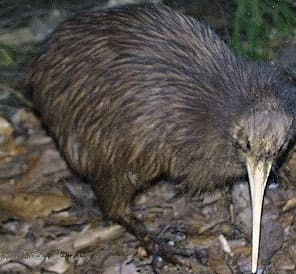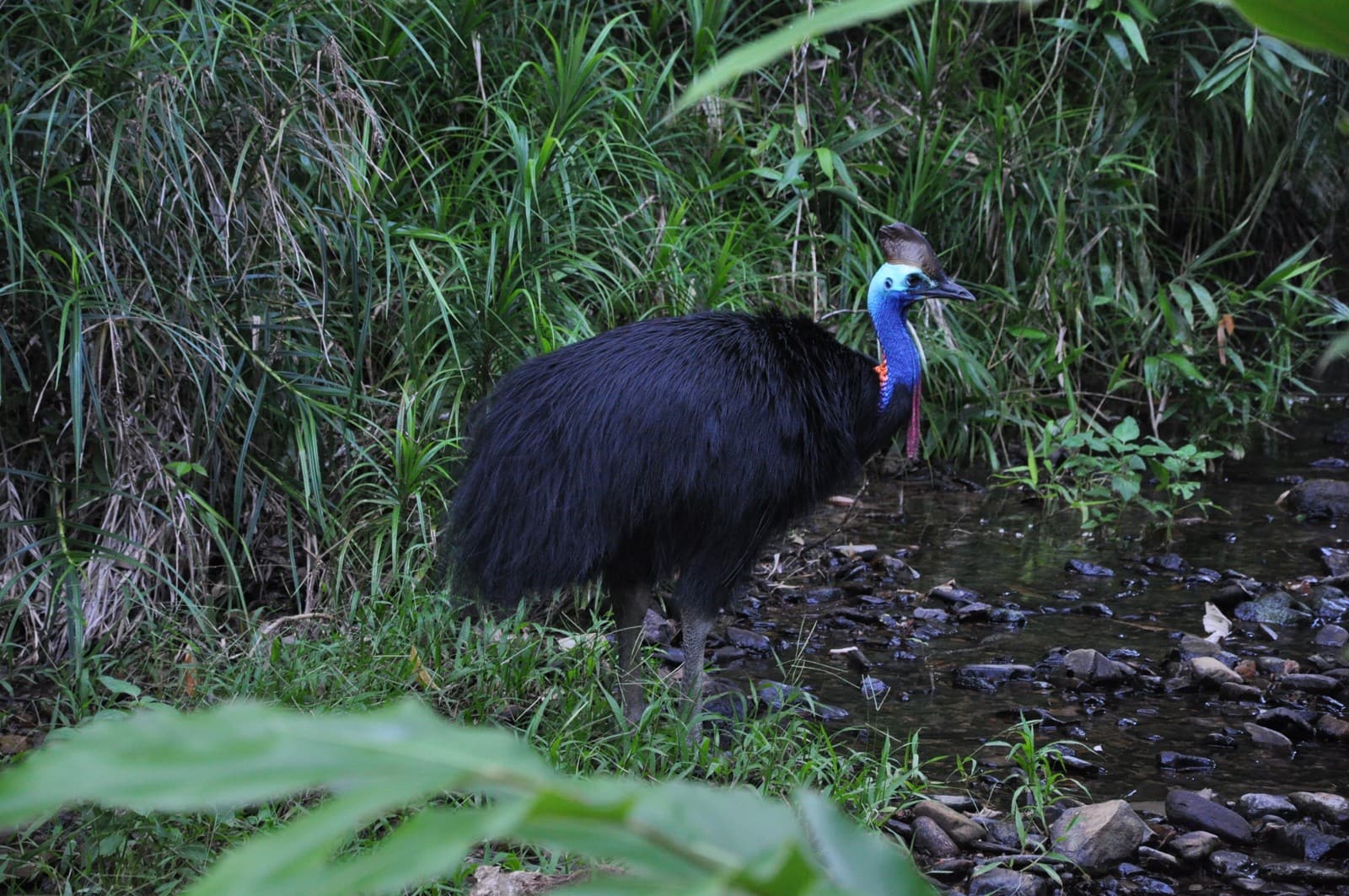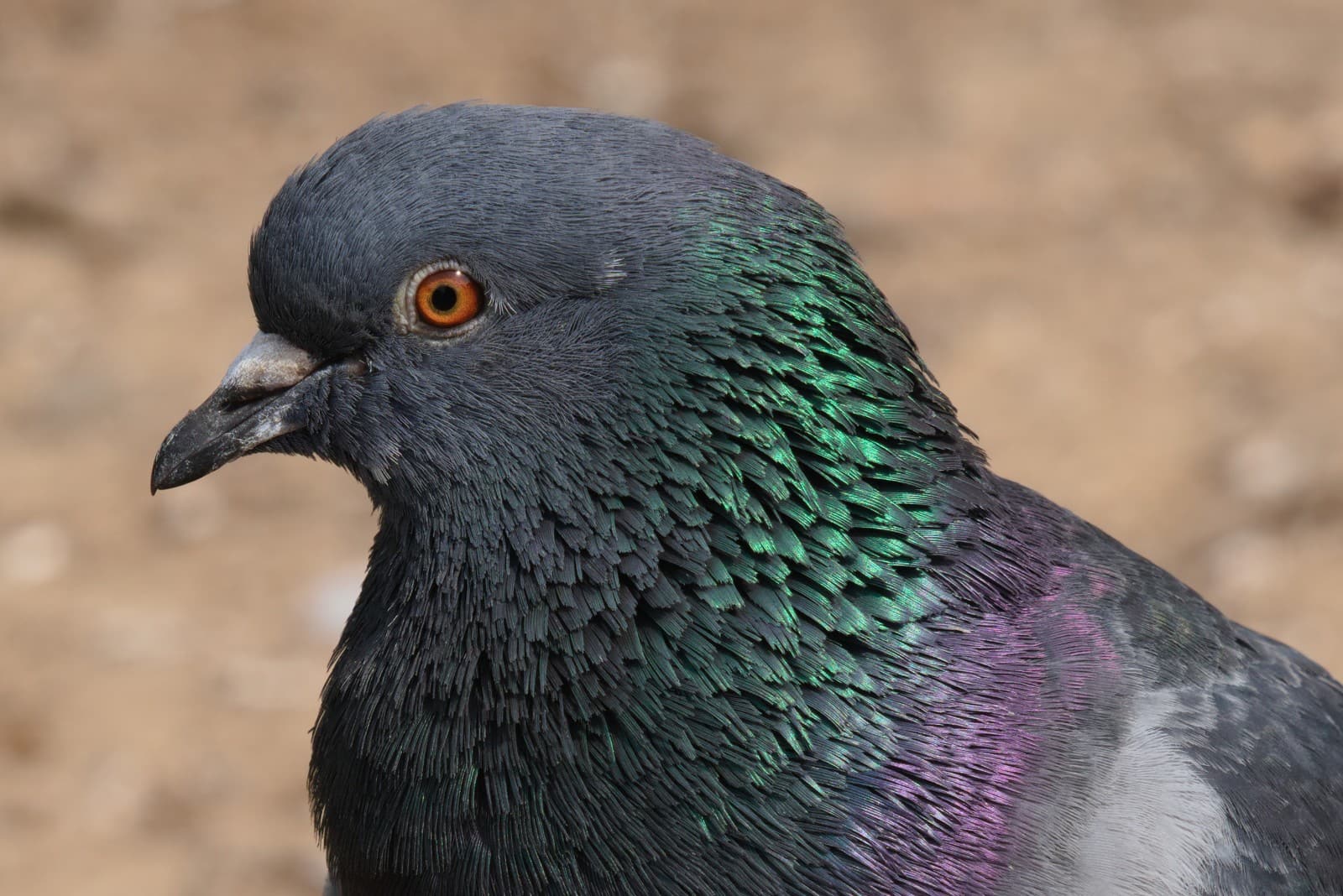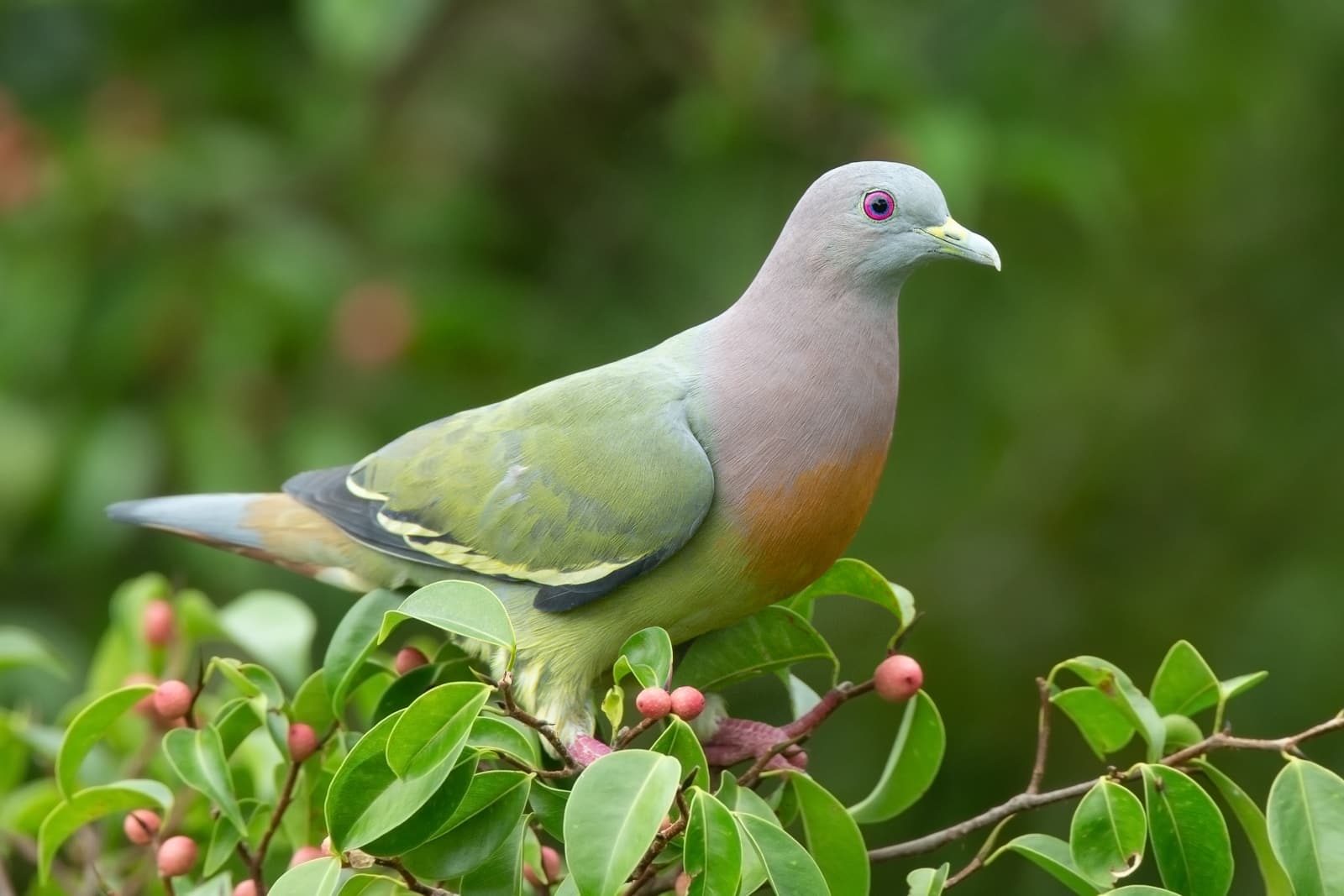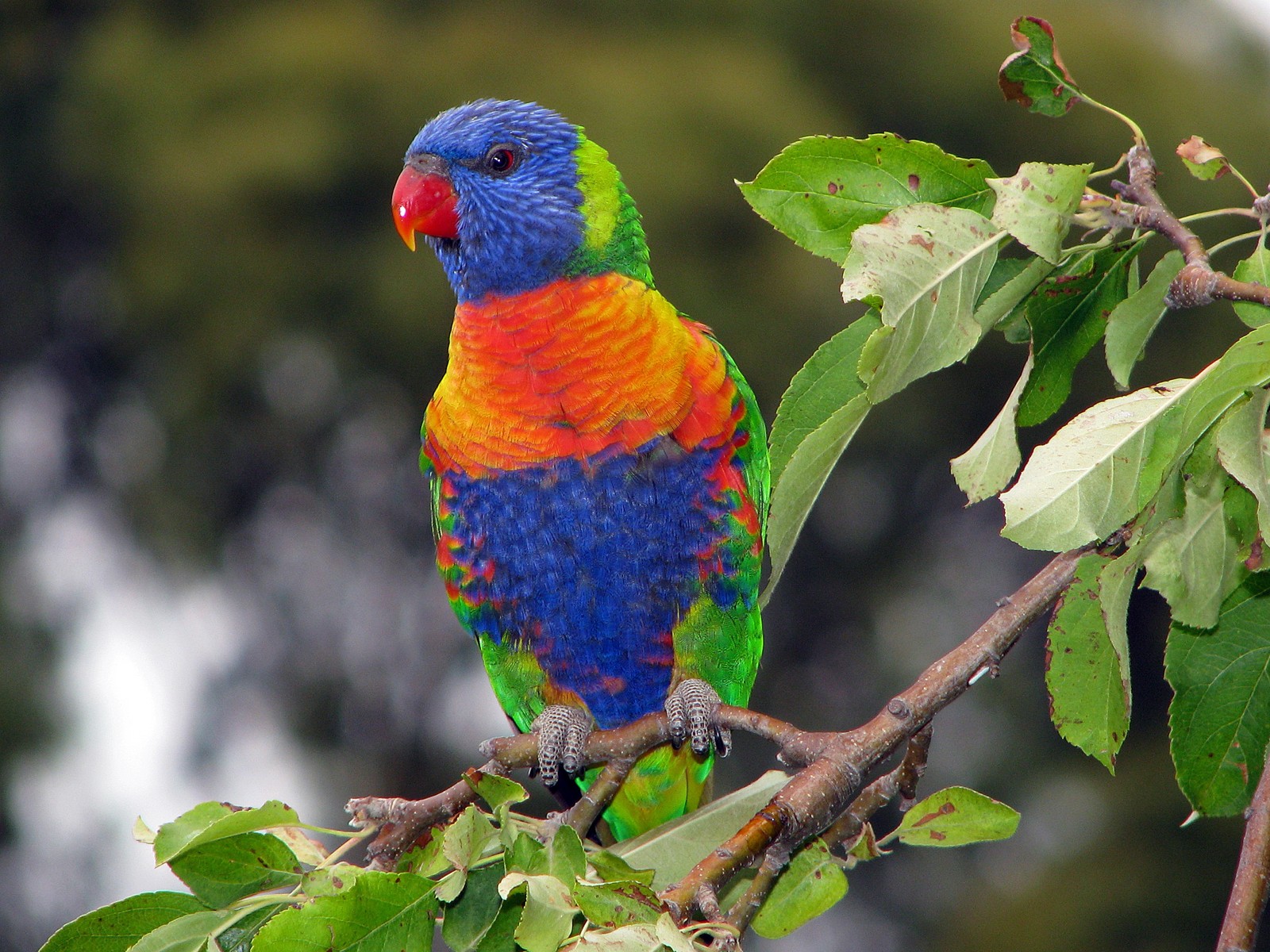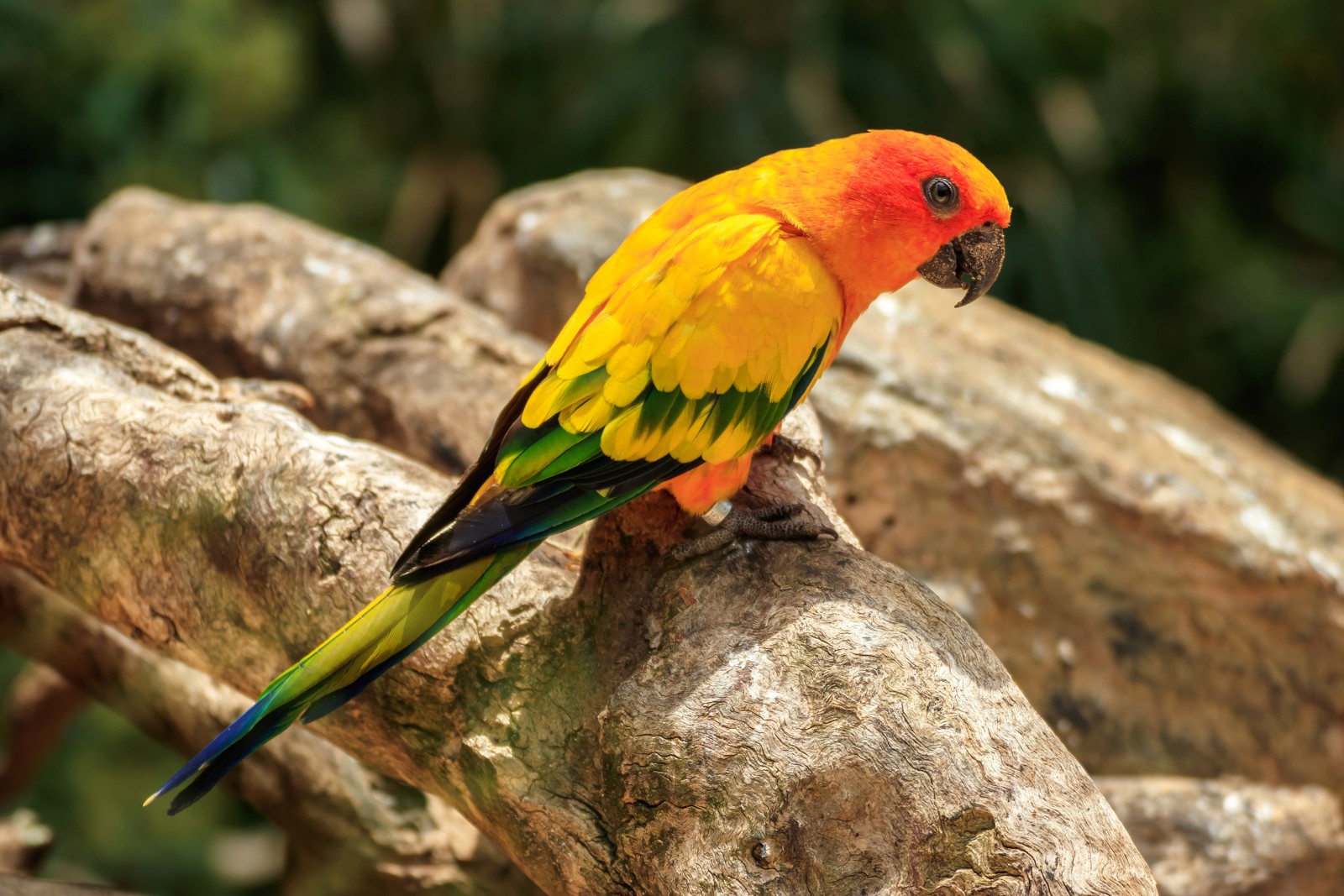Great Horned Owl vs Eurasian Eagle Owl: A Complete Comparison
When comparing the Great Horned Owl vs Eurasian Eagle Owl, size becomes the most striking difference. The Eurasian Eagle Owl stands as Europe’s largest owl species, with females reaching lengths of 30 inches (75 cm) and wingspans up to 6.6 feet (2 meters). In contrast, the Great Horned Owl, while still impressive, measures up to 25 inches (63 cm) in length with a maximum wingspan of 4.9 feet (1.5 meters).
Both species reign as apex predators in their respective territories, sharing remarkable similarities in hunting prowess and physical adaptations. However, their size difference influences their prey selection and hunting strategies, making each uniquely adapted to their native environments.
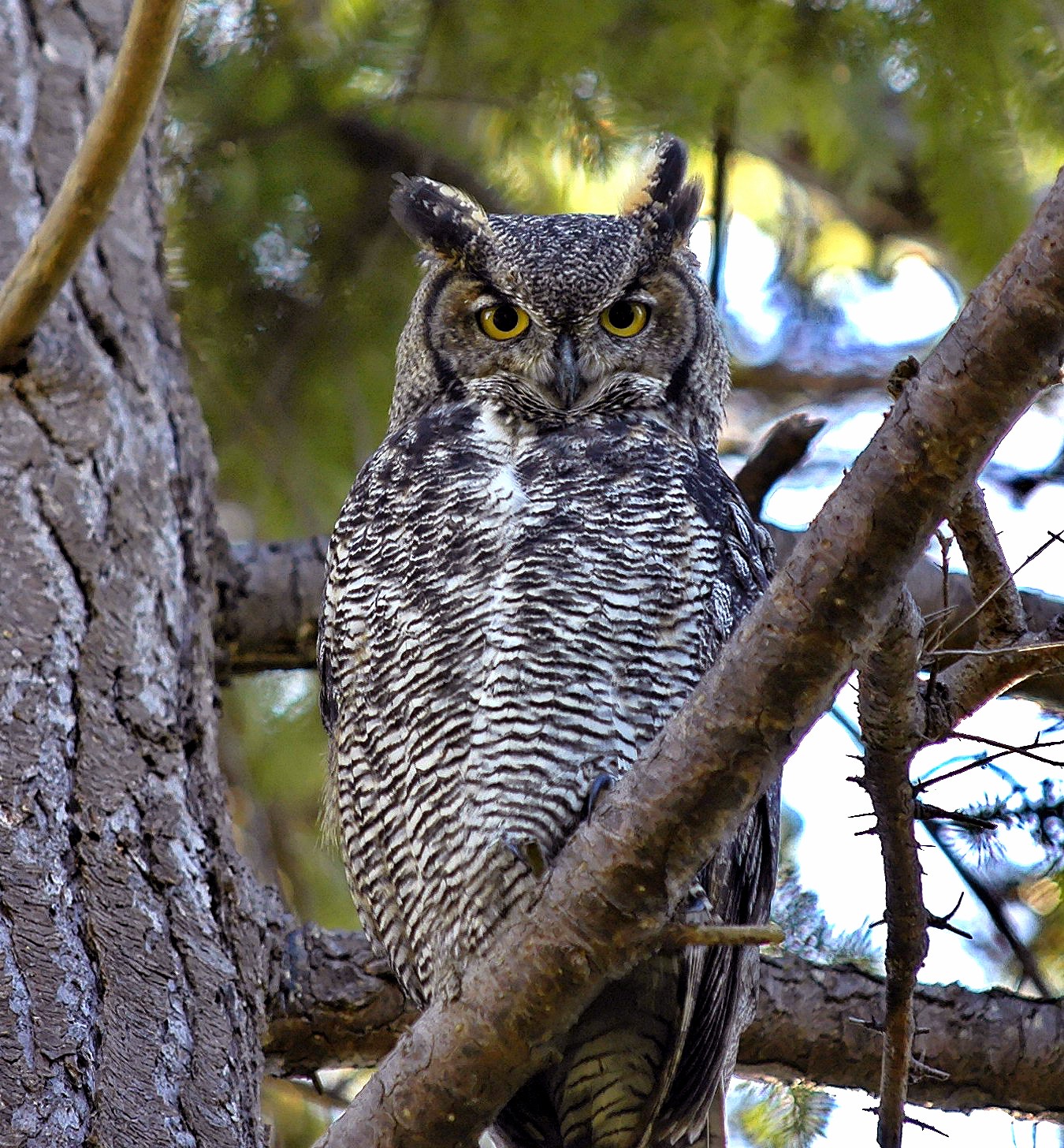
© brendan.lally / CC BY 2.0
The Great Horned Owl displays its characteristic ear tufts and fierce yellow eyes, showcasing the adaptations that make it North America’s most formidable nocturnal predator. Note the mottled brown plumage that provides perfect camouflage in forest environments.
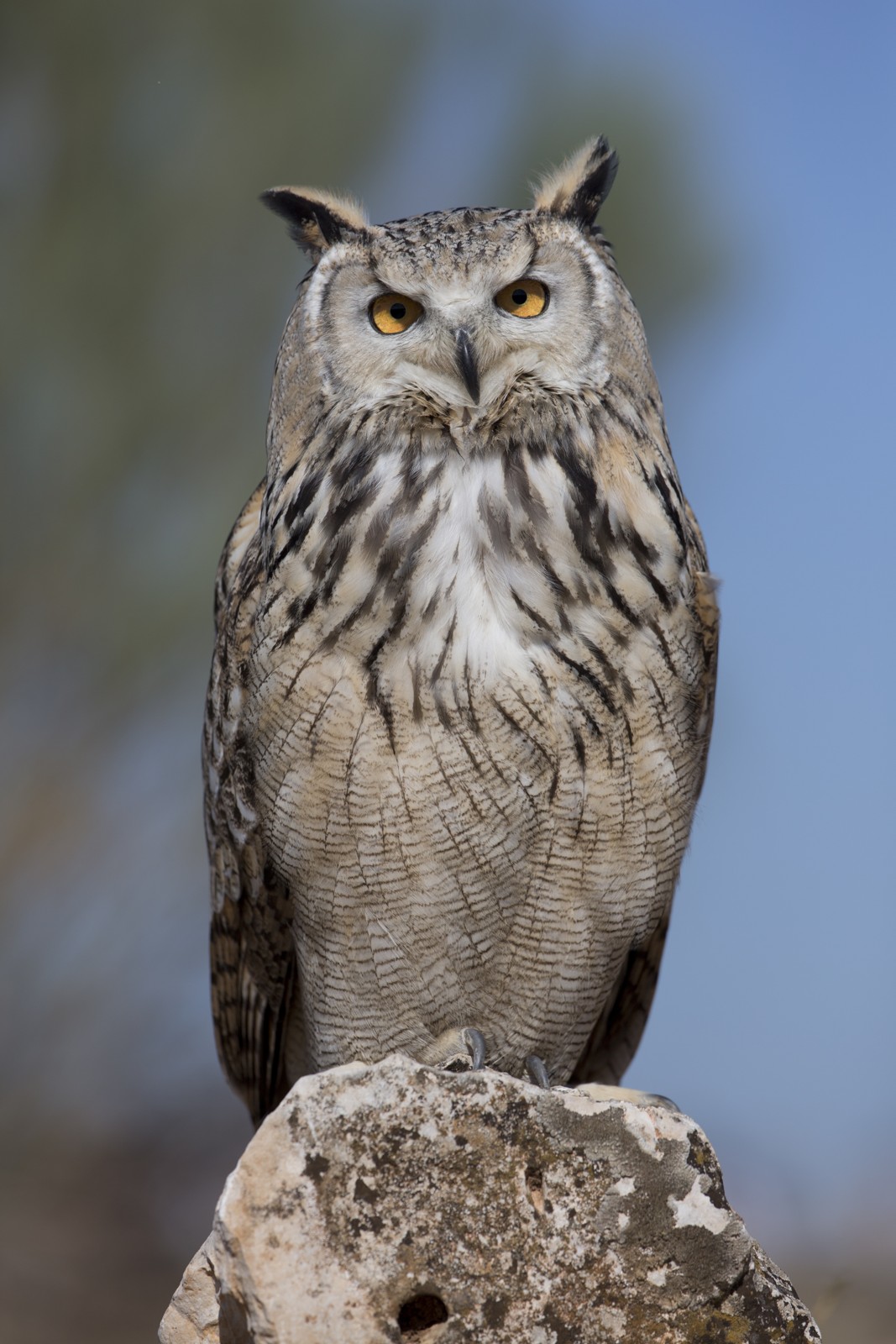
© Carlos Delgado / CC BY-SA 4.0
The Eurasian Eagle Owl demonstrates its superior size compared to its North American cousin. Its distinctive orange eyes and larger ear tufts set it apart, while its more substantial frame hints at its capability to take down larger prey.
Key Differences Between Great Horned Owl and Eurasian Eagle Owl
| Feature | Great Horned Owl | Eurasian Eagle Owl |
|---|---|---|
| Size | 18-25 inches (46-63 cm) | 23-30 inches (58-75 cm) |
| Wingspan | 3.3-4.9 feet (1-1.5 m) | 5.3-6.6 feet (1.6-2 m) |
| Weight | 2-5.5 lbs (0.9-2.5 kg) | 3.3-9.3 lbs (1.5-4.2 kg) |
| Eye Color | Yellow | Orange to Amber |
| Distribution | Americas | Europe and Asia |
| Maximum Prey Size | Up to 4 lbs (1.8 kg) | Up to 8.8 lbs (4 kg) |
Habitat and Distribution
The Great Horned Owl demonstrates remarkable adaptability, thriving across diverse North and South American landscapes from Arctic tundra to tropical rainforests. These versatile predators occupy territories from sea level to 11,000 feet (3,350 meters) elevation.
Eurasian Eagle Owls inhabit a vast range across Europe and Asia, preferring rocky outcrops and cliff faces for nesting. Unlike their American counterparts, they show less adaptability to urban environments, requiring larger territories of 15-80 square kilometers.
Hunting and Prey Selection
Great Horned Owl Hunting Strategy
- Primary hunting hours: Dusk to dawn
- Preferred prey: Rabbits, hares, rats, mice
- Hunting technique: Silent flight and powerful grip
- Maximum prey weight: 4 lbs (1.8 kg)
Eurasian Eagle Owl Hunting Strategy
- Primary hunting hours: Evening to early morning
- Preferred prey: Hares, foxes, young deer
- Hunting technique: Powerful dive and crushing grip
- Maximum prey weight: 8.8 lbs (4 kg)
Who Would Win in a Confrontation?
While such encounters would never occur naturally, comparing these apex predators reveals the Eurasian Eagle Owl’s significant advantages. With approximately 40% greater mass and substantially longer talons, the European species possesses superior physical attributes. However, both species actively avoid confrontation with similarly-sized predators in their natural habitats.
Conservation Status and Threats
Both species face similar challenges from habitat loss and human encroachment. The Great Horned Owl maintains stable populations across its range, demonstrating remarkable urban adaptability. Eurasian Eagle Owls, while recovering from historical persecution, remain more vulnerable to habitat fragmentation due to their larger territory requirements.
Breeding and Reproduction
Great Horned Owls typically lay 2-3 eggs per clutch, while Eurasian Eagle Owls produce 2-6 eggs. Both species show remarkable parental care, with females performing most incubation duties while males provide food. Young of both species reach independence at approximately 5-6 months, though Eurasian Eagle Owls typically require more time to develop hunting skills due to their larger size and more demanding prey requirements.


